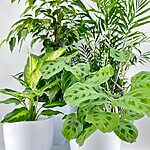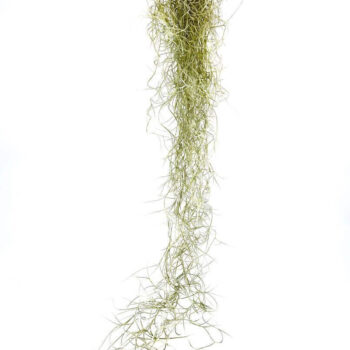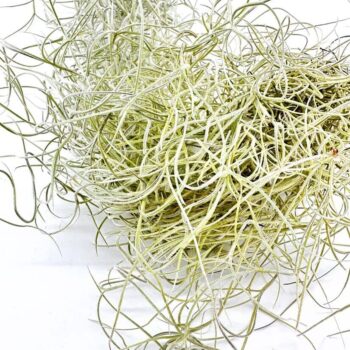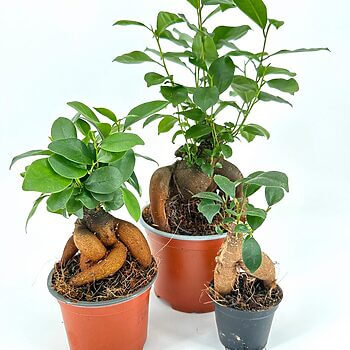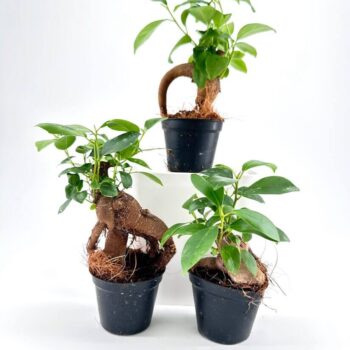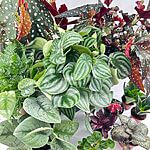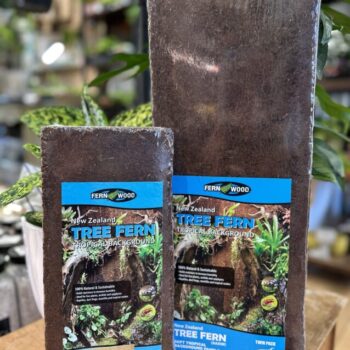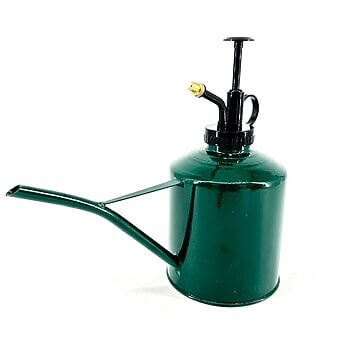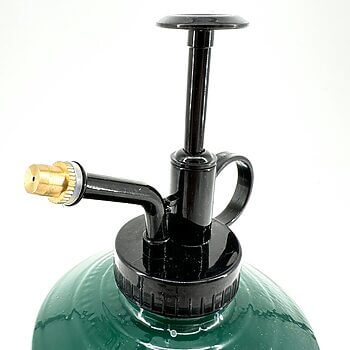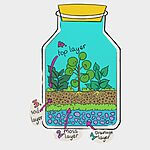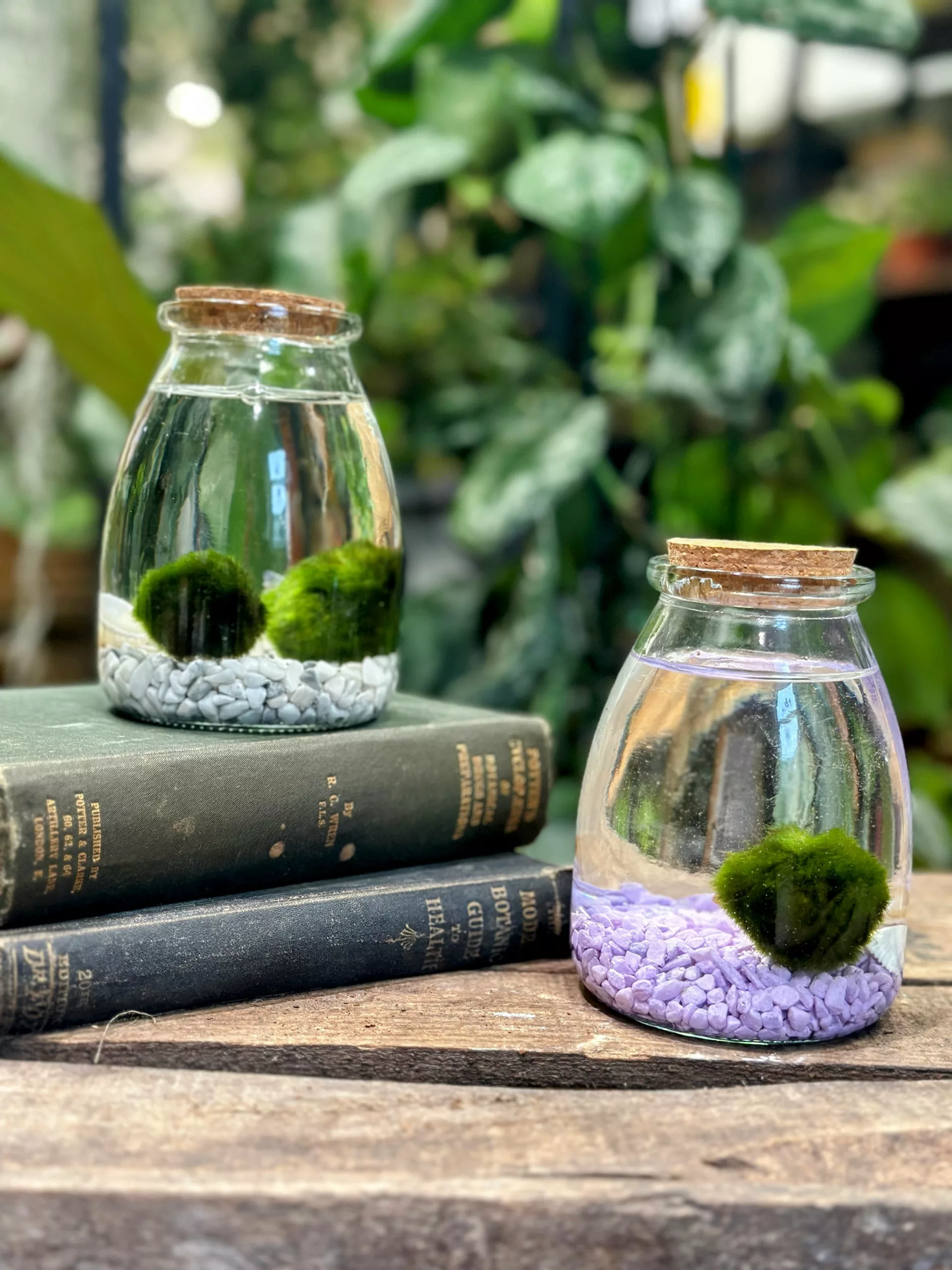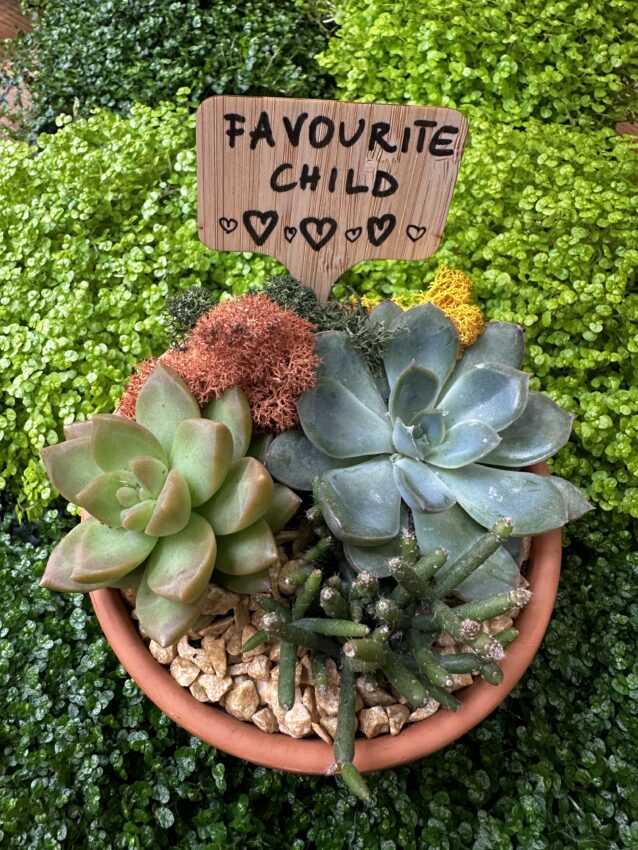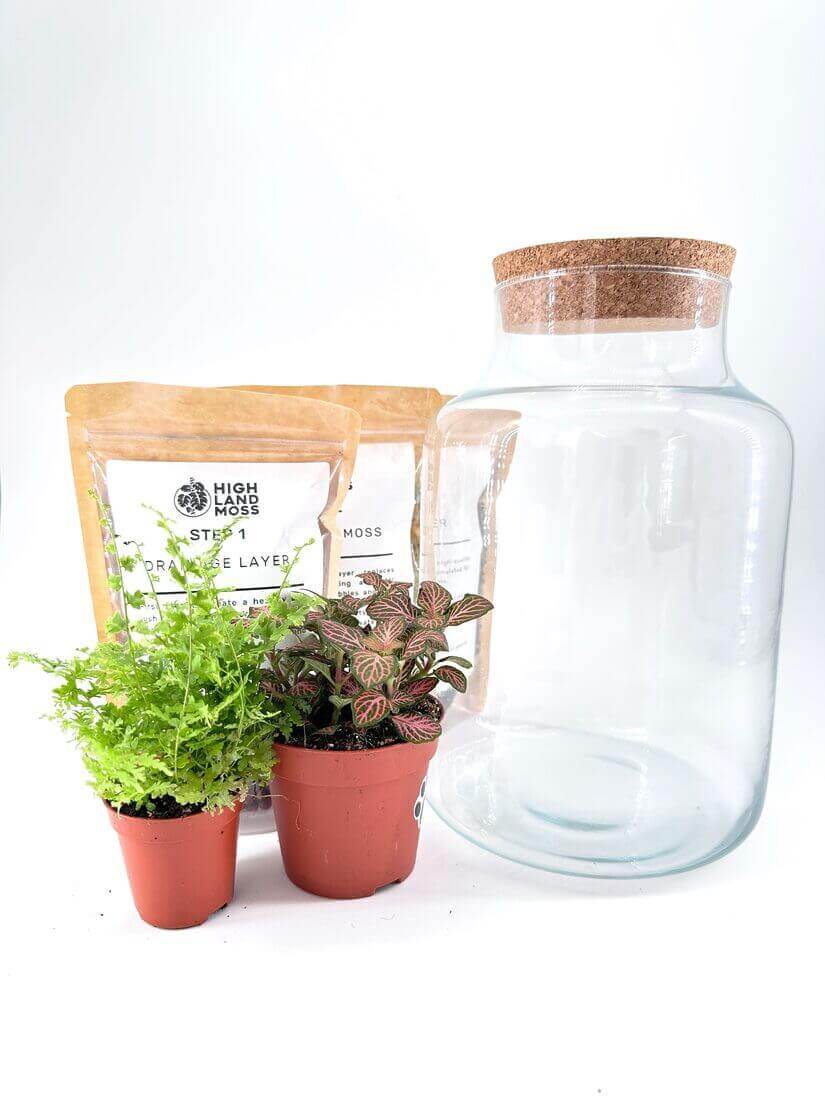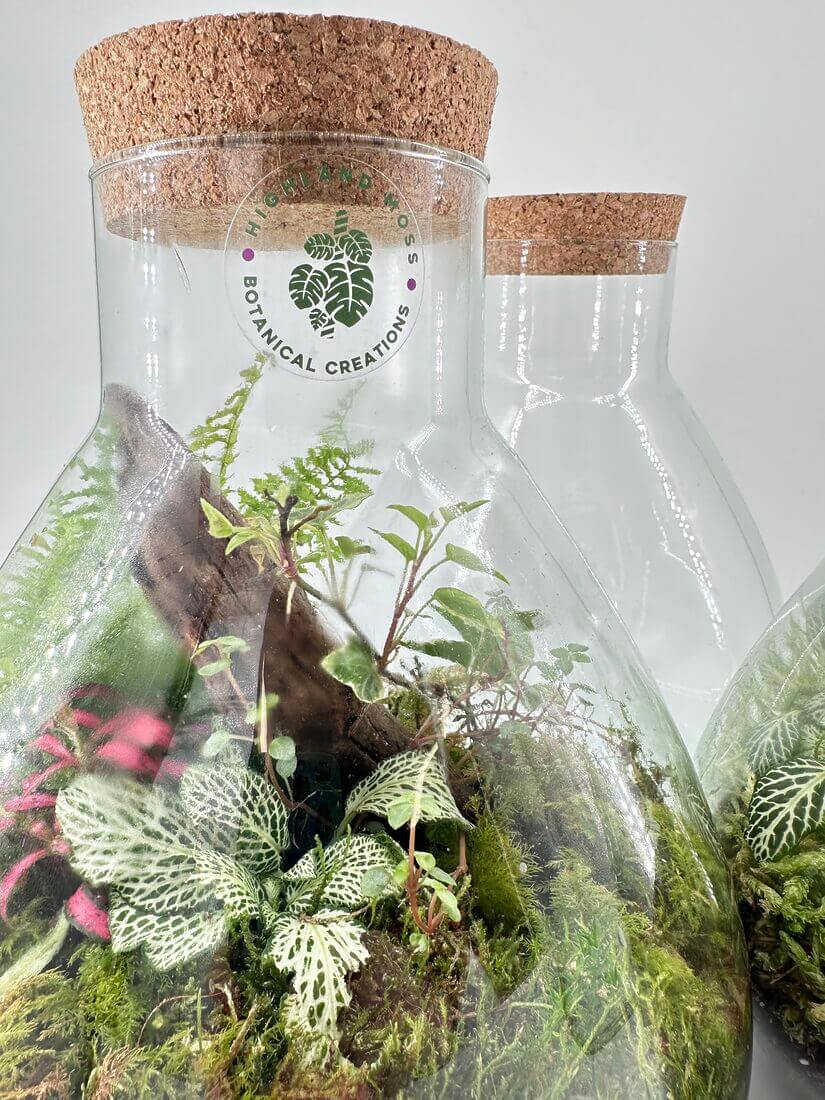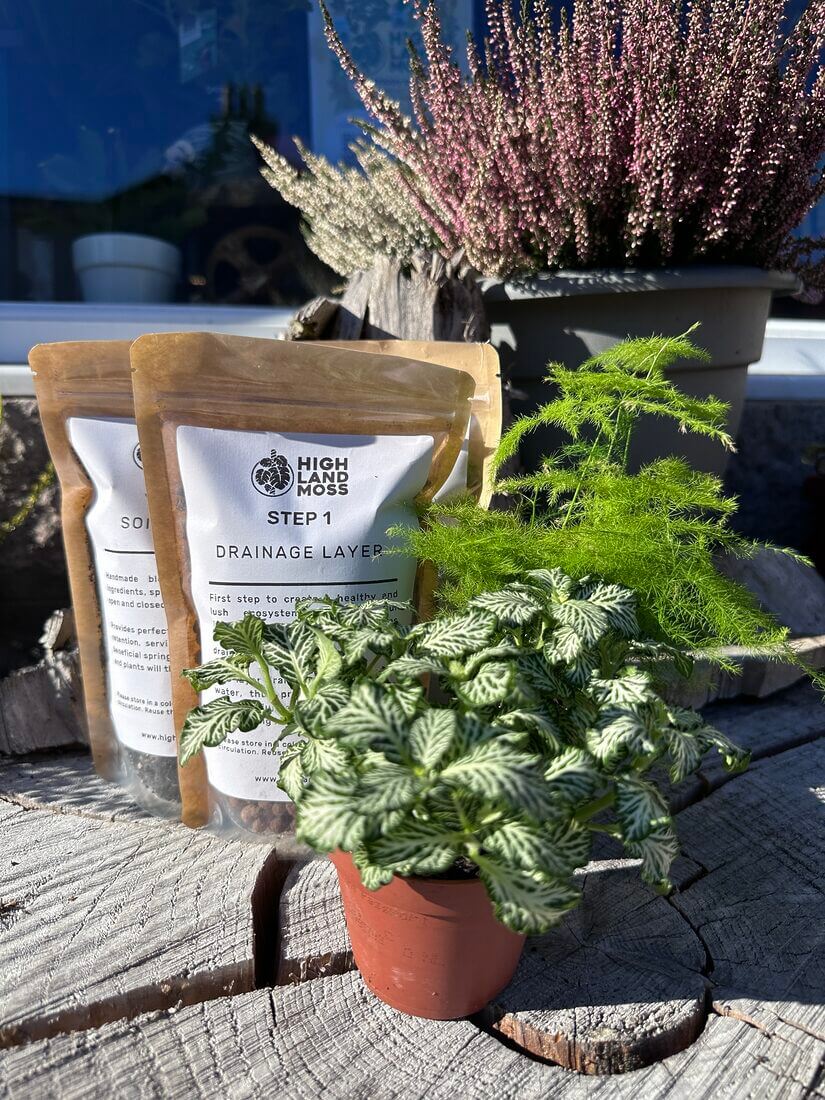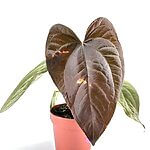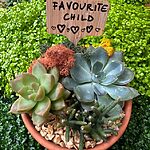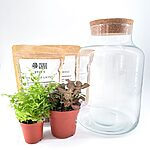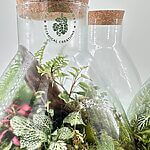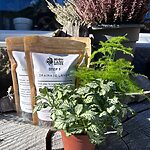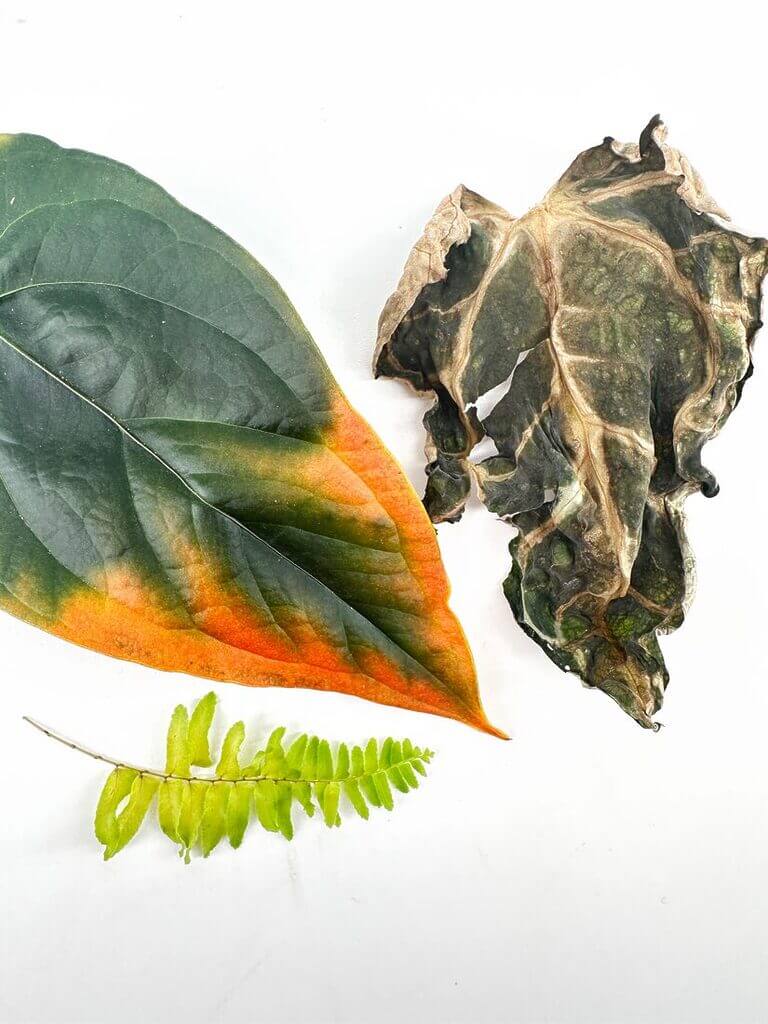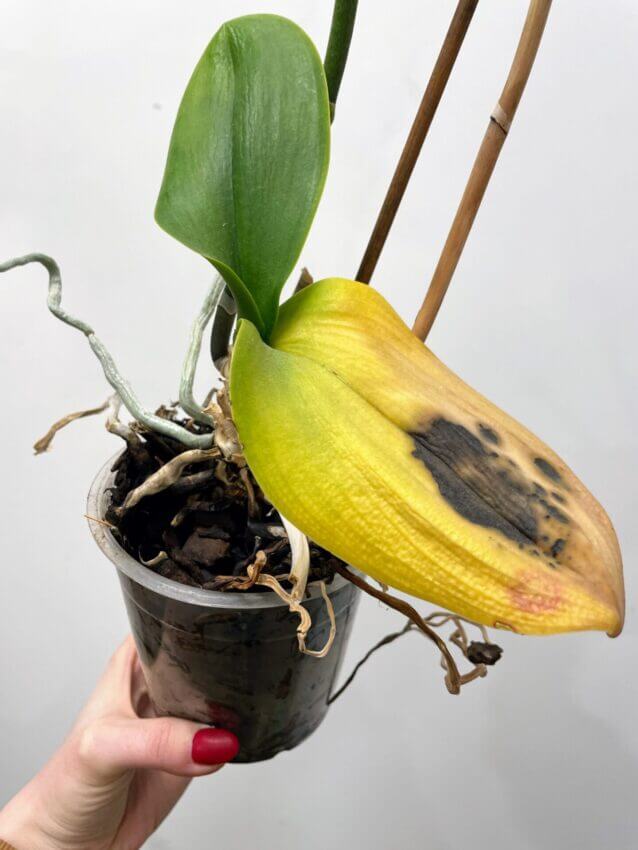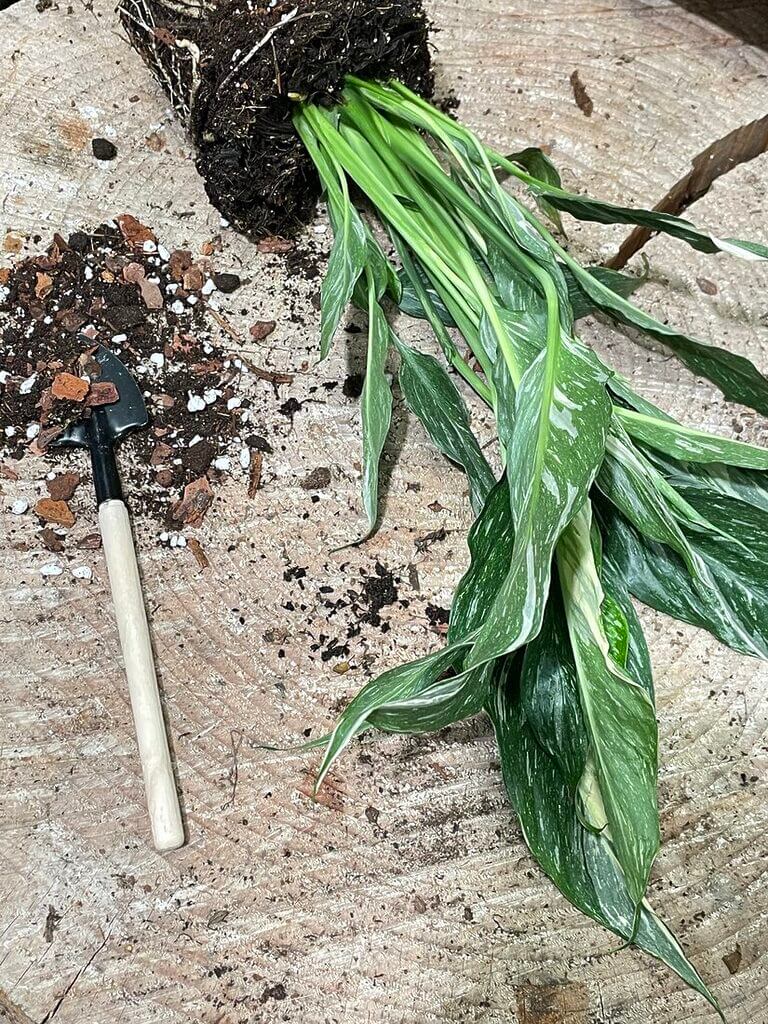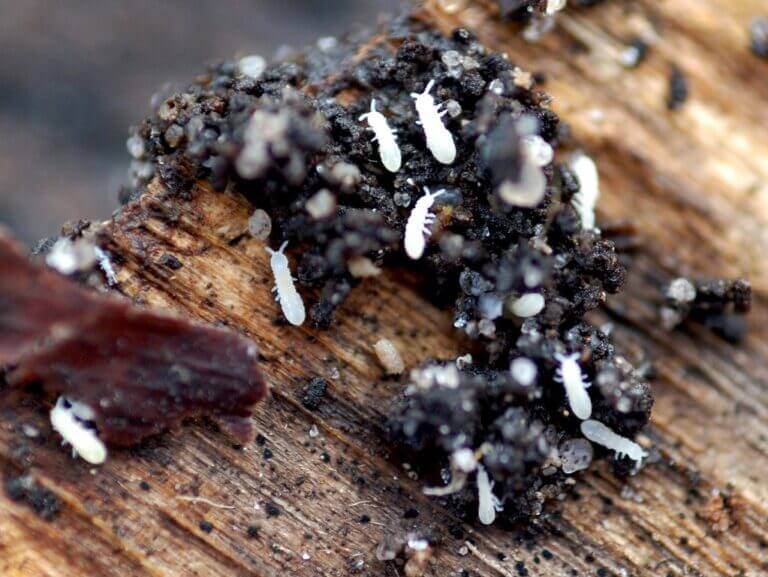Fungus gnats (Sciarid flies), also known as small black flies in houseplants, are tiny, winged pests that thrive in damp soil and can quickly become a nightmare for plant lovers. These scary flies infest plant pots, lay eggs in moist soil, and their larvae feed on organic matter and plant roots, leading to weakened and dying plants. If you’re struggling with fungus gnat infestations, read on to learn how to get rid of fungus gnats for good with safe and natural fungus gnats control and solutions.
Understanding the Fungus Gnat Life Cycle
Fungus gnats reproduce rapidly, making it crucial to break their life cycle early.
- Egg Stage: Laid in moist soil, hatch within 3-6 days.
- Larvae Stage: Tiny, legless, and translucent with black heads, these fungus gnat larvae live in the soil for 10-14 days, feeding on organic matter, root hairs, and even plant roots.
- Pupa Stage: Lasts for 3-4 days before adults emerge.
- Adult Stage: Fungus gnats live for about 3-7 days but can lay up to 200 eggs per female in that short time, leading to exponential infestations.
Fungus gnats thrive in warm, damp conditions between 21°C-28°C, making indoor plants the perfect breeding ground.
Fungus Gnat Prevention: Stop Infestations Before They Start
Preventing fungus gnats and small black flies from invading your houseplants is the best way to avoid dealing with a full-blown infestation.
1. Adjust Your Watering Habits
- Overwatering is the #1 cause of fungus gnat infestations.
- Water plants from the bottom to keep the surface soil dry and reduce the chance of egg-laying. While this method helps, it may not fully eliminate the issue.
- Allow the top 2-3cm of soil to dry out completely before watering again.
Learn how to prevent overwatering and save overwatered plants in this article.
2. Change the Soil and Choose Reliable Sources
- Replacing the soil in affected plants can help remove fungus gnat eggs and larvae.
- When purchasing new soil, choose a reliable source that stores potting mix indoors. Browse our premium potting mixes!
- Avoid buying soil from garden centers where bags are stored outdoors in damp conditions, as these may already contain fungus gnat larvae, leading to a rapid infestation of your plants.
3. Be Cautious When Covering Soil
Some people recommend using stones, sand, or pebbles on top of the soil to block fungus gnats from laying eggs. However, this can slow down soil drying time, giving larvae more time to hatch and thrive.
4. Quarantine New Plants
Always isolate new plants for at least two weeks before introducing them to your collection, as they may carry fungus gnat eggs in their soil.
5. Use Sticky Yellow Traps (With Caution)
Sticky yellow traps catch adult fungus gnats and small black flies, reducing their numbers. However, they are not a complete solution. They also tend to stick to your hair, pets, or clothes, making them a less desirable option.
.
How to Get Rid of Fungus Gnats: Best Natural Fungus Gnats Control and Treatment
If you’re dealing with a fungus gnat infestation, use these natural and effective methods to get rid of them.
1. DIY Vinegar Trap for Fungus Gnats
A simple vinegar trap can help control adult scary flies:
- Cut a plastic bottle in half.
- Fill the bottom with apple cider vinegar and a few drops of liquid soap.
- Invert the top half into the bottom half.
- Place it near your plants to attract and trap gnats.
2. Carnivorous Plants (The Best Long-Term Solution!)
Carnivorous plants like Sundews (Drosera) and Butterworts (Pinguicula) are excellent at catching fungus gnats and small black flies. These fascinating plants naturally trap and digest pests while adding beauty to your plant collection. Available in our shop, our carnivorous plant collection comes with illustrated care guides to keep them healthy, even for beginners!
3. Hydrogen Peroxide Treatment
A proven method to kill fungus gnat larvae in soil:
- Mix one part 3% hydrogen peroxide with two parts water.
- Pour the solution into the soil until it drains from the bottom.
- You may hear fizzing—this is oxygen killing the fungus gnat eggs and larvae.
- As a preventative measure, add 1-2 tablespoons of hydrogen peroxide per litre of water every second or third watering.
4. Diatomaceous Earth (DE)
Diatomaceous earth is a natural, fossilized dust that kills both fungus gnat adults and larvae upon contact. Use food-grade DE, sprinkle it on the soil, and reapply after watering.
5. Neem Oil Spray
Neem oil works as a natural insecticide that disrupts the reproductive cycle of fungus gnats. Mix it with water and spray on the soil surface. Purchase organic, cold-pressed neem oil to help get rid of fungus gnat.
6. Beneficial Nematodes (Limited Effectiveness)
These microscopic organisms attack Sciarid flies larvae in the soil. However, results can vary, and multiple applications may be necessary.
7. Cinnamon (Not the Best Solution)
Cinnamon reduces fungal growth, making the soil less attractive to Sciarid flies larvae. However, it does not kill them and only works when dry.
Avoid overwatering plants and do not keep the soil wet for a long time. Consider changing your watering methods, instead of pouring water on the top of the soil start watering plants from the bottom.
What to Avoid
Chemical insecticides may seem like a quick fix, but they can harm your plants, pets, and even you.
Harsh chemicals often fail to target fungus gnats effectively while negatively impacting indoor air quality.
Join Our Community!
Have you struggled with fungus gnats, small black flies, or scary flies? Share your experiences and success stories with us on Instagram! If this guide helped, tag #HighlandMoss and show off your happy, gnat-free plants!
If you found this guide helpful, don’t forget to share it with your fellow plant lovers!
DIY Trap
Make your own trap using an old plastic bottle to make it more difficult for them to escape. It is super easy, here is a short guide on how it is done:


